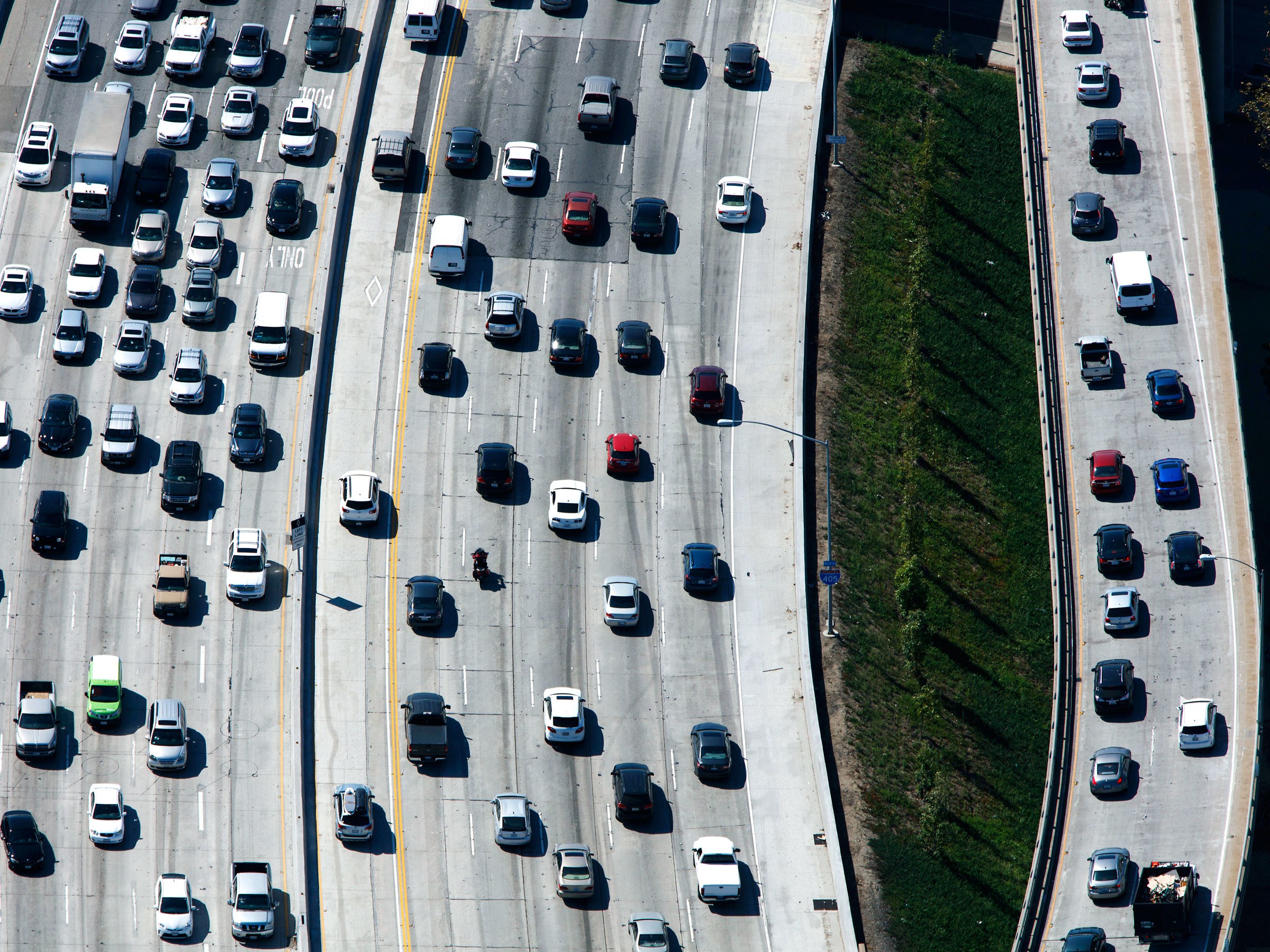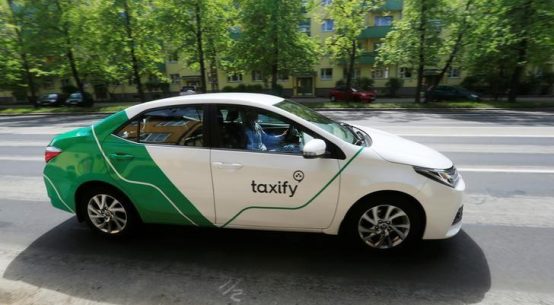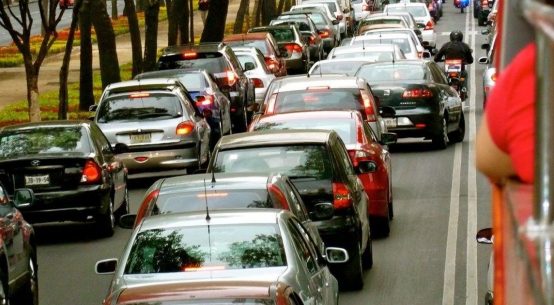
Feature Article
– US traffic deaths rise for the second year in a row
AUTHOR: MARSHALL AARIAN
THINK ABOUT PAYDAY. The responsible shuffle new cash to pay down debts—that car loan, those lingering college bills, a credit card statement. Others will put money toward day-to-day necessities, like groceries, gas, and rent. And then a few will get a little wild. They’ll nab that pair of shoes they’ve been ogling online; they’ll pick up beer and nachos and have friends over for the game. They’ll drive into the next town over to check out that new restaurant.
And this, oddly enough, maybe one reason traffic fatalities spiked in 2016, according to new data from the Department of Transportation. Cars may be safer than ever, but 37,461 people died on American roads that year, a 5.6 percent hike over 2015. While fatalities have dramatically declined in recent decades, this is the second straight year the number has risen. It’s too early to say why, exactly, this is happening. Researchers will need much more time with the data to figure that out. But here’s a hypothesis: It’s the economy, (crash) dummy.
“People drive more in a good economy,” says Chuck Farmer, who oversees research at the Insurance Institute for Highway Safety. “They drive to different places and for different reasons. There’s a difference between going out to a party in the middle of the night in an unfamiliar area and driving to work—that nighttime driving to a party is more risky.”
The economy is doing pretty OK. Consumer confidence has climbed since the depths of the recession in 2009. Unemployment is at a 15-year low. And while wages are crawling upward, they have still increased in the past decade. Plus, gas prices have remained low for the past few years.
Researchers have long known that driving deaths rise and dive with the economy and income growth. People with jobs have more reason to be on the road than the unemployed. But this increase can’t be pinned on the fact of more driving, the stats indicate. Even adjusted for miles traveled, fatalities have ticked up by 2.6 percent over 2015. You can still blame the economy because people aren’t just driving more. They’re driving differently. Better economic condition give them the flexibility to drive for social reasons. There might be more bar visits (and drinking) and trips along unfamiliar roads (with extra time spent looking at a map on a phone).
The DOT numbers seem to confirm that drivers involved in traffic deaths were doing different things behind the wheel last year. The feds say the number people who died while not wearing seat belts climbed 4.6 percent, and that drunk driving fatalities rose 1.7 percent. Contrary to what you might expect, the numbers show distracted driving deaths dropped slightly, but experts caution against putting too much faith in such info. The numbers are based on police reports. They’re reflections of what cops are seeing at crash sites, but also of what’s in the zeitgeist at the time. It could be that first responders weren’t, for example, looking out for distracted driving last year because it wasn’t in the news as often.
This is not to say that public health officials can sit on their driving gloves and wait for an economic downturn to solve the country’s growing road death problem. Engineers can design safer roads and policymakers can lower speed limits. Cops can step up enforcement of seat belt, drunk driving, and distraction laws. States could ratchet up driver education requirements and make tests harder to pass, to make sure the new drivers hitting the road know what they’re doing.
And then you’ve got the long-term plays. Today’s cars are safer than ever, mostly thanks to stringent crash test requirements and the spread of features like automatic emergency braking. (Twenty automakers have pledged to make that stopping capability available on the majority of new car models by 2022.) Still, they could be safer. Cars with semiautonomous features, like Tesla’s Autopilot, Mercedes-Benz’s Drive Pilot, and Audi’s Traffic Jam Assist, are trickling into the market, and research has shown these can prevent crashes. But unless something bizarre happens (a sudden ban on human drivers?) it will take about a decade for the effect of these vehicles to show up in national fatality stats, Farmer says.
FOLLOW US ON FACEBOOK FOR MORE LOGISTICS NEWS
Then there are fully autonomous cars. The ones that don’t exist yet. “It is critical that policymakers support the safety benefits of fully self-driving technology,” David Strickland, former chief of the National Highway Traffic Safety Administration and current head of the Self-Driving Coalition for Safer Streets (a pro-autonomy trade group), said in a statement responding to the crash data. Road safety is the premiere argument used by autonomous vehicle developers asking regulators to ease the way for the tech. But again, don’t expect to see their products widely deployed for another decade or so.
In the meantime, a tip to keep you, your friends, and the kindly strangers who share the road on this physical plane: Just because you’re out on the town doesn’t mean you’re off the hook for staying safe.
Culled from wired.com








